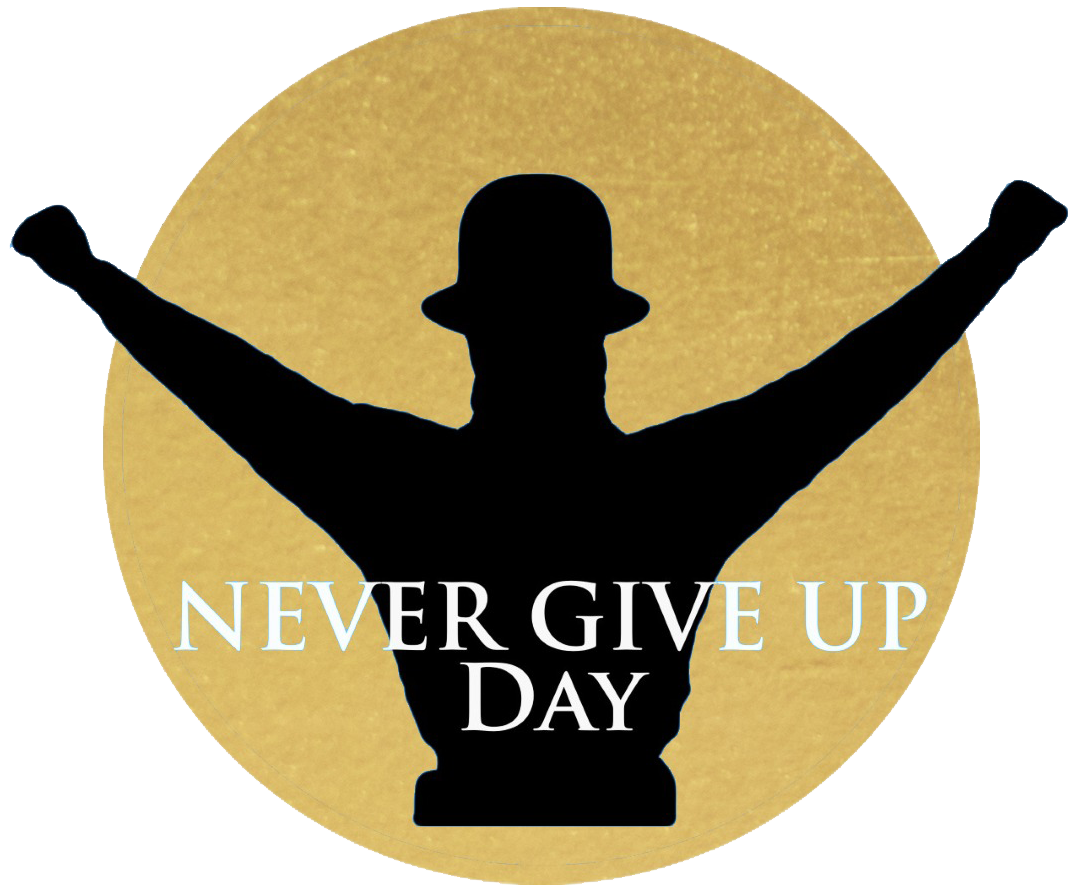Persistence Matters!
The Truth About Never Giving Up: Myths vs. Reality
Someone arguing that “Never Giving Up” is nonsensical, could indeed use several critiques rooted in external factors like wealth, health, luck, and survivorship bias.
Critiques cn highlight valid concerns about the role of external factors and survivorship bias in success. However, the test is not about guaranteeing success; it’s about understanding how individuals respond to adversity. By addressing these critiques transparently, the test can remain credible and focused on its core goal—measuring resilience, persistence, and adaptability in the face of challenges.
Here’s how these arguments could be structured and countered effectively:
Critique 1: Wealth as a Deciding Factor:
Argument: “Those with more resources (money, networks, opportunities) are far more likely to succeed. Never giving up isn’t the key; having the means to persist is what makes the difference.”
Counter:
While wealth provides advantages, persistence often determines how effectively those resources are used. There are countless stories of people starting with minimal resources and succeeding through perseverance (e.g., entrepreneurs from humble beginnings).
Success is not just about access to resources but the creative and persistent application of what’s available. Resilience can turn limited resources into opportunities.
The Personality Test measures an individual’s mental tenacity, not their socio-economic privilege.
Critique 2: Health Inequalities:
Argument: “Someone in poor health can’t persist like someone with good health. Comparing the two is unfair.”
Counter:
The context of “never giving up” varies by individual. For someone battling health issues, persistence might look like small daily victories, while for someone in good health, it could mean achieving larger goals.
The test doesn’t aim to compare individuals across vastly different circumstances but to highlight how they’ve responded to their own challenges.
Stories of individuals overcoming significant health struggles (e.g., Nick Vujicic, Stephen
Hawking) are powerful examples of perseverance in the face of adversity.
Critique 3: The Role of Luck:
Argument: “Luck plays a bigger role in success than persistence. Without luck, no amount of perseverance will help.”
Counter:
While luck can play a role, it often intersects with preparation and persistence. Being ready to seize opportunities when they arise is a result of continuous effort.
Persistent individuals are more likely to create opportunities or increase their chances of encountering “luck.” As Thomas Jefferson said, “I’m a great believer in luck, and I find the harder I work, the more I have of it.”
The test evaluates how individuals have navigated circumstances within their control, rather than uncontrollable factors like luck.
Critique 4: Survival Instinct vs. Determination:
Argument: “‘Never giving up’ is just basic human survival instinct. It’s not a skill but a biological drive.”
Counter:
While survival instincts drive basic persistence, the test assesses higher-order persistence—choosing to persist when it would be easier to quit (e.g., building a business, pursuing a dream).
The test distinguishes between passive endurance (survival) and active resilience (goal-oriented persistence).
Historical and modern examples show that some people overcome extreme odds not just due to instinct but through deliberate determination and effort.
Critique 5: “Never Giving Up” Is a Trendy Ideal:
Argument: “‘Never giving up’ is just a motivational slogan. Realistically, people quit all the time, and sometimes they should.”
Counter:
The phrase is aspirational but not absolute. It doesn’t mean persisting in all situations—it’s about knowing when to adapt and when to let go of unproductive paths to pursue better ones.
The test isn’t about blind persistence; it measures how individuals approach challenges and setbacks, whether through learning, adapting, or continuing to strive.

